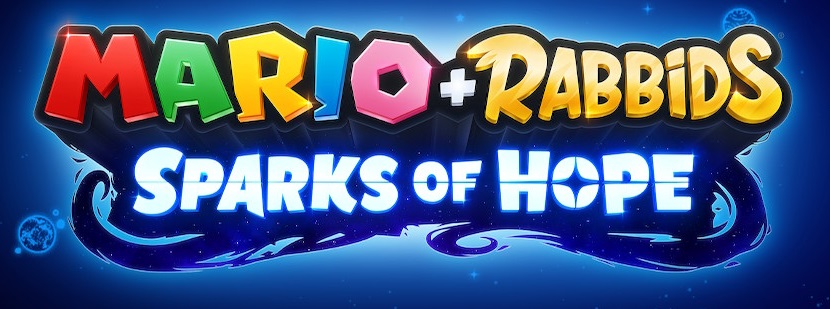This is the third time I am doing this after last year and the year before. The difference this year is I played very few new games and all the ones I did were on Nintendo Switch. Though looking over what was released elsewhere, I really can’t seen anything I missed out on. There was Elden Ring I suppose but I played Dark Souls and while I appreciate why people enjoy these games, they don’t really appeal to me. There are a couple of other games that I would like to have played which are Kirby and the Forgotten Land and Teenage Mutant Ninja Turtles: Shredder’s Revenge — which I’m sure I will get to at some stage. I was aware of both but didn’t go out of my way to pick them up. I also considered Splatoon 3 but ultimately didn’t get it as I don’t spend much time on multiplayer games these days. I spent very little money this year on games and as a result, got around to playing a few I already had and I have included the two most notable at the end.
-
Links
- Adam Piggott
- Ann Barnhardt
- Arkhaven Comics
- Beartaria Times
- Brian Niemeier
- Canon212
- Castalia House
- The Corbett Report
- David V. Stewart
- Davis M.J. Aurini
- E. Michael Jones
- Edward Feser
- Fandom Pulse
- Fencing Bear at Prayer
- John C. Wright
- John Derbyshire
- Men Of The West
- Quadrant Online
- RORATE CAELI
- Stefan Molyneux
- Taylor Marshall
- The Unz Review
- Tree of Woe
- UNAUTHORIZED.TV
- Vox Day
- William M. Briggs
Categories
- Australia
- Book Reviews
- Education
- Film
- Game Reviews
- Health & Fitness
- Japan
- Literature
- Music
- Personal
- Politics
- Ramblings
- Religion
- Science
- Society
- Television
- Video Games
- Writing
Archives
- November 2025
- October 2025
- September 2025
- August 2025
- July 2025
- June 2025
- May 2025
- April 2025
- March 2025
- February 2025
- January 2025
- December 2024
- November 2024
- October 2024
- September 2024
- August 2024
- July 2024
- June 2024
- May 2024
- April 2024
- March 2024
- February 2024
- January 2024
- December 2023
- November 2023
- October 2023
- September 2023
- August 2023
- July 2023
- June 2023
- May 2023
- April 2023
- March 2023
- February 2023
- January 2023
- December 2022
- November 2022
- October 2022
- September 2022
- August 2022
- July 2022
- June 2022
- May 2022
- April 2022
- March 2022
- February 2022
- January 2022
- December 2021
- November 2021
- October 2021
- September 2021
- August 2021
- July 2021
- June 2021
- May 2021
- April 2021
- March 2021
- February 2021
- January 2021
- December 2020
- November 2020
- October 2020
- September 2020
- August 2020
- July 2020
- June 2020
- May 2020
- April 2020
- March 2020
- February 2020
- January 2020
- December 2019
- November 2019
- October 2019
- September 2019
- August 2019
- July 2019
- June 2019
- May 2019
- April 2019
- March 2019
- February 2019
- January 2019
- December 2018
- November 2018
- October 2018
- September 2018
- August 2018
- July 2018
- June 2018
- May 2018
- April 2018
- March 2018
- February 2018
- January 2018
- December 2017
- November 2017
- October 2017
- September 2017
- August 2017
- July 2017
- June 2017
- May 2017
- April 2017
- March 2017
- February 2017
- January 2017
- December 2016
- November 2016
- October 2016
- September 2016
- August 2016
- July 2016
- June 2016
- May 2016
- April 2016
- March 2016
- February 2016
-

 The Analects of Confucius translated by Simon Leys
The Analects of Confucius translated by Simon Leys
 Dan the Destructor: Barbarians of the Storm – Book I by Rob Rimes
Dan the Destructor: Barbarians of the Storm – Book I by Rob Rimes American Pilgrim by Roosh Valizadeh
American Pilgrim by Roosh Valizadeh